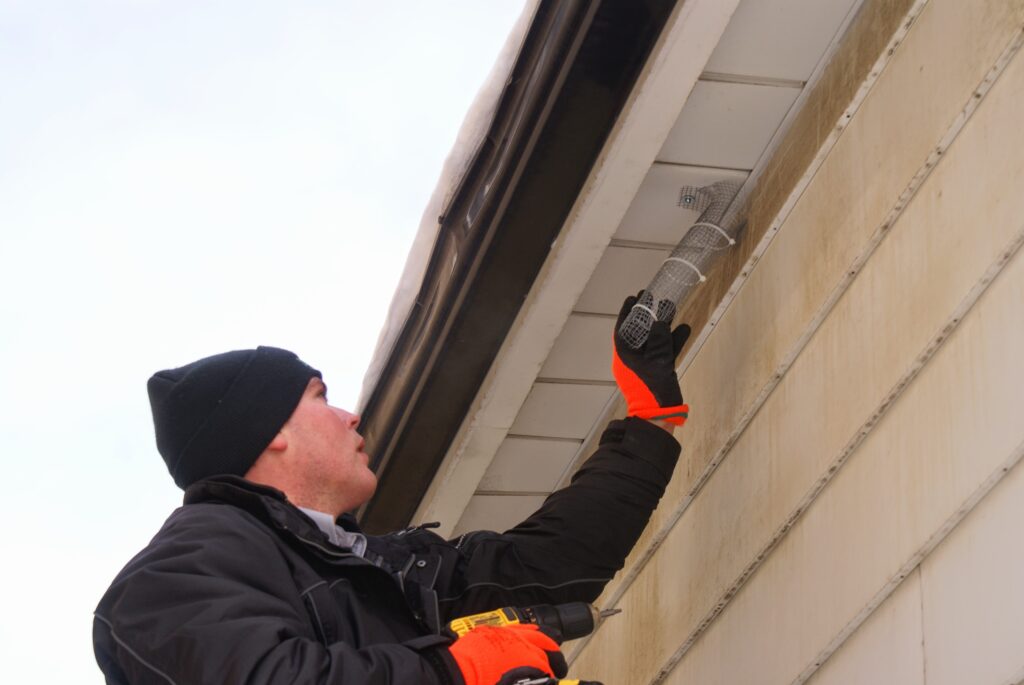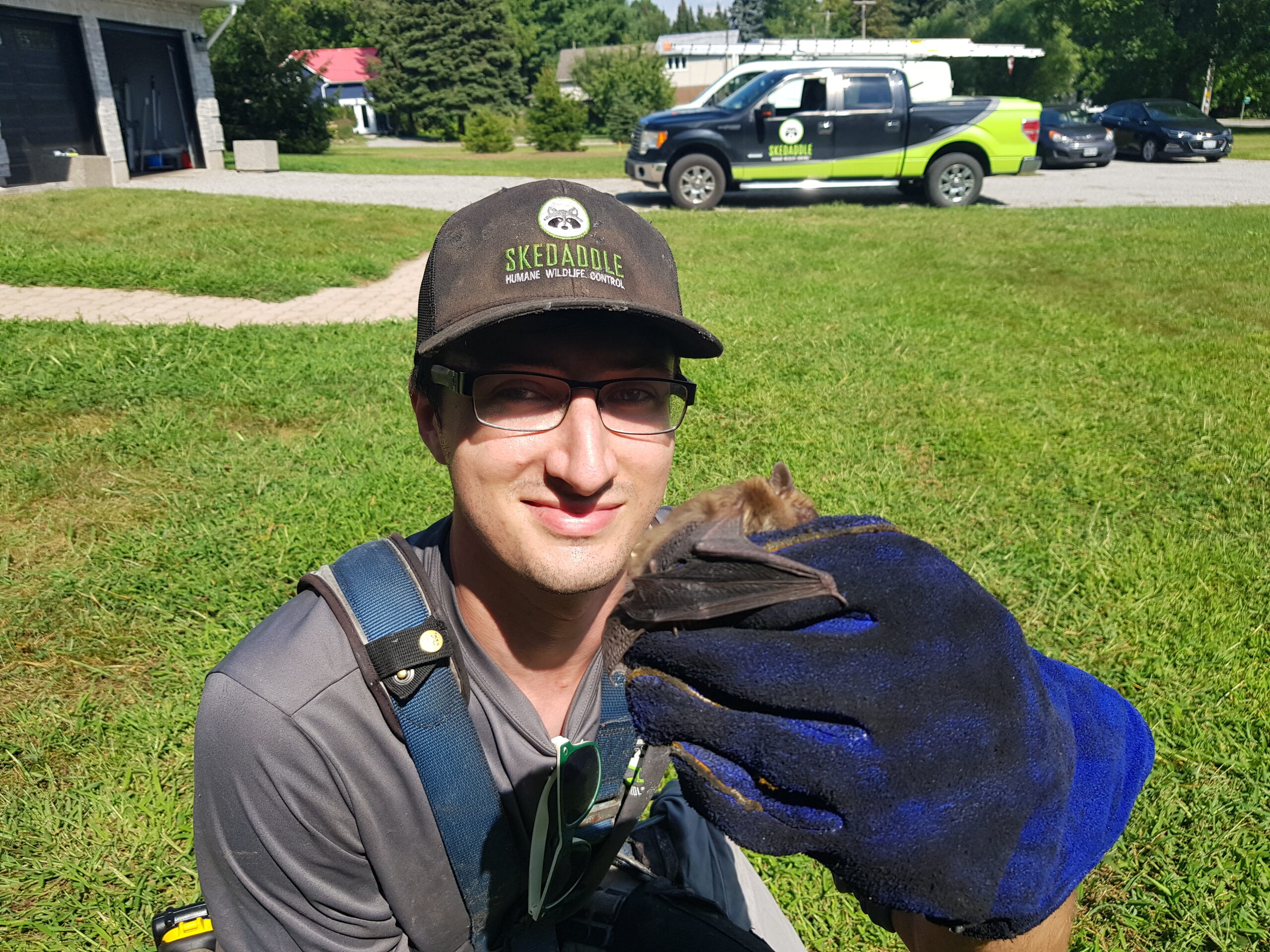Bats are mysterious creatures that raise many questions, such as when do bats come out of hibernation? Fun fact: Not all bats hibernate. Still, learning about the flying mammals can demystify them and make them a little less scary, especially around spring, when many people will start to see and have experiences with them.
Learning About Bats in Springtime
For people who are afraid of bats, you may want to stay indoors at night in the spring. Bats, like many animals, become more active as the warmer months begin. Springtime is the beginning of the birthing season and so much more for the natural insect controllers.
While bats instill a lot of fear, they are actually nothing to be afraid of. Bats rarely bite or come into contact with people. As with most wildlife, the animals have better things to do than interact with people they see as threatening.
1. Do Bats Migrate or Hibernate?
Most bats migrate, but not all. Some species will migrate, flying to warmer climates until after winter. For the species that remain, they begin to hibernate sometime in the fall and won’t become active again until the temperatures rise above freezing.
When do bats return in the spring? For the bats that migrate, they return starting in April. Bats returning from migration or waking from hibernation will spend their waking hours foraging for insects and food.
2. When Is Mating Season?
While most mammals mate in the spring, bats mate in the fall before hibernation. The eggs do not fertilize for several months. Once fertilized, the gestation period for an average bat is between 50 and 60 days, meaning bats won’t have their offspring until mid-summer.
3. Will Bats Invade Your Home?
Bats will invade your home because it represents a safe place. Some bats may find their way into your attic space in the fall for hibernation. Other bats may find their way in to establish a nursery.
Pregnant bats may form nursery colonies to keep their offspring safe. Unfortunately for homeowners, attic spaces can make ideal nurseries.

Understanding the Importance of Working With Pros
The first thing you might think about upon discovering the animals in your attic is how to get rid of bats.However, many bats are protected under national law. Also, if bats are pregnant or nursing, you are prohibited from removing them.
Because of the complex legal issues surrounding bat removal, you should hire a wildlife control specialist. The professional understands the laws and can provide sound advice to concerned homeowners.
Caring for Colonies and the Ecosystem
While scary movies and tales of vampires paint horrifying pictures of bats, the animals are fixtures of ecosystem health. Bats are essential to pest control, dispersing seeds, and pollinating plants. According to the U.S. Fish and Wildlife Service, bats eat enough insects and pests to save over $1 billion annually in crop damage and pesticide costs. Bat colonies deserve respect and protection.
The Bureau of Land Management explains that without the pollinating and seed-dispersing from bats, many ecosystems would gradually die. Plants would fail, and wildlife near the bottom of the food chain would die, resulting in the deterioration of entire ecosystems. While the damage would not be sudden, it would be progressive.
Hiring Wildlife Control Experts
If you believe you have bats in your home or around your property, hire a service in bat removal in Madison. Contact Skedaddle Humane Wildlife Control to schedule a property inspection with qualified and humane wildlife technicians. The professionals will come to your property, assess the situation, and develop a plan that is in line with all current laws and in the animals’ best interests.




